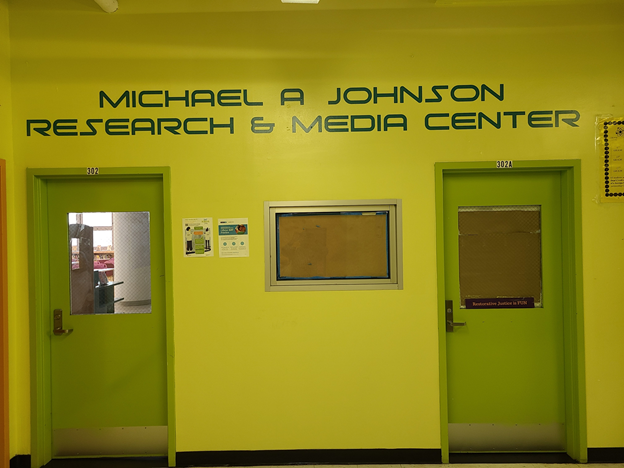“I am with you and will watch over you wherever you go, and I will bring you back to this land. I will not leave you until I have done what I have promised you.”……..Genesis 28:15 (NIV)
I am thinking of the sermon I recently heard that was delivered by T.D. Jakes on the word: Exceptionalism. “Exceptional” he said, “Does not get along with ordinary”. “They are at odds; they can’t communicate with each other because they are not speaking the same language”. And he goes on so say: “At the root of the word Exceptional is the word except:
“Everyone took the easy way, Except…you”
“Everyone compromised their principles, Except… you”
“Everyone went to ‘that place’, Except, you”
(And for educators: everyone sold out the kids, Except… you)
It is important to note Jacob (who is an exceptional personality in the Bible) receives this promise alone in the wilderness in a semi-exile state. (His mother Rebekah has sent him to live with her brother Laban because his brother Esau has threatened to kill him) One reason that Jacob is exceptional is that he is essential to a historical narrative. And so connected to the idea of being exceptional is that she/he who is exceptional I believe, must also be essential to the creation of the historical narrative. I confess and reveal a bias here, but this is why I believe that education as a profession is essential. There is something that good people (i.e. Martin Luther King and Nelson Mandela); and not so good people (i.e. Adolph Hitler and Pol Pot) all have in common; they all sat for years as children in a school; and they all came away from that learning experience with intellectual skills and tools; and yet they entered the world stage in such a way as to use those academic skills in very different ways; and to very different ends. While we have young people in our charge; in the time period when we have the greatest amount of influential power with them; we must use that critical period to encourage young people to acquire and grow exceptional moral and ethical talents. I believe that all children are born into a promise placed by God on their lives; in that sense everyone (based on that inherent promise) is extraordinary. Now you may say that if everyone is born with an extraordinary promise; then how can extraordinary have any meaning? And if there are (in God’s eyes) no “ordinary” people, then what are we comparing extraordinary to? The operative word here is “promise”. As educators we must as a part of our professional ethics believe that every child has a promise of the extraordinary exceptionalism on them. And in a very practical and truthful sense we really have no idea of the future role that a child sitting in our classroom or school could play in human history. Every human being will during the course of their lifetime, face extraordinary good, and extraordinary bad situations; but it is the response to those situations that produce or reduce, and reveals the level of good-extraordinary character. Failure then could be defined not as a grade on an exam; being forced to take a class over; or failing to be promoted. Rather the true failure in our school systems are those students (and later adults in the world) who fail to realize their divine exceptionalism, and therefore fail to fulfill the life God has promised them.
